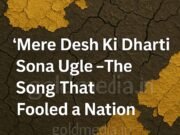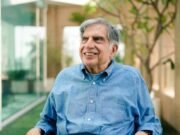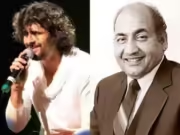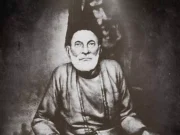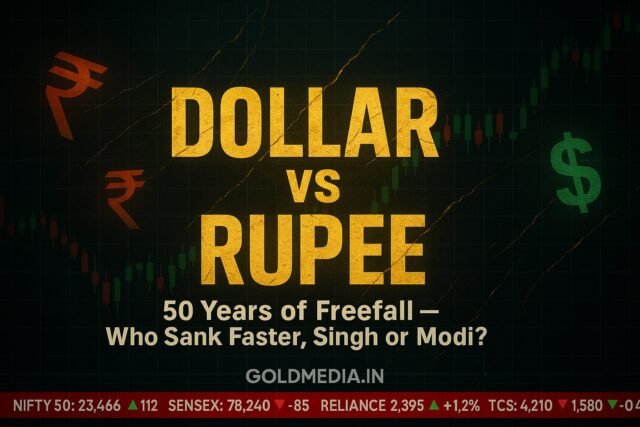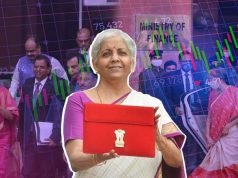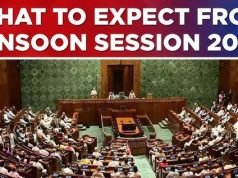Every decade, the rupee walks into the boxing ring with the dollar. And every decade, it gets knocked out in fewer rounds than before. From a proud ₹8.40 per dollar in 1975, the rupee now begs for mercy at ₹83+ in 2025.
That’s not depreciation. That’s demolition.
But the juiciest question of them all: who let the rupee bleed more — the quiet economist Manmohan Singh or the loud orator Narendra Modi?
The Big Picture: 50 Years of a Rupee in ICU
- 1975: ₹8.40 per USD
- 1985: ₹12.36 (47% weaker)
- 1995: ₹32.43 (162% weaker)
- 2005: ₹43.75 (35% weaker)
- 2015: ₹63.33 (45% weaker)
- 2025: ₹83.06 (32% weaker)
Forget “Viksit Bharat 2047.” At this rate, by 2047 one dollar may just cost more than a litre of petrol.
Manmohan Singh Decade (2004–2014): The Whispering Rupee
When Manmohan Singh walked into office in May 2004, one dollar fetched ₹45.19. When he left ten years later, it cost ₹58.46. That’s about a 29% fall.
Sounds bad? Not really — for Indian history, that’s almost “gentle.” Singh’s decade was like watching a slow leak in a tyre: frustrating, but the car still moved.
The global financial crisis of 2008 hit like a boulder, but the rupee didn’t collapse into chaos. Investors still found India somewhat attractive. Singh’s rupee fall was like background music — always playing, never screaming.
Satirical analogy: The rupee under Manmohan was like his speeches — monotone, barely rising, barely falling, but still understandable to economists.
Narendra Modi Decade (2014–2024): The Megaphone Rupee
Enter Narendra Modi in May 2014. Dollar = ₹58.66. Fast-forward 10 years: Dollar = ₹83.06. A thumping 41.6% fall.
Unlike Singh, Modi came with slogans: “Achhe Din,” “Make in India,” “Atmanirbhar Bharat.” But the rupee clearly didn’t get the memo.
His decade had drama — demonetisation, GST rollout, COVID lockdowns, and war-driven oil shocks. Yet the loud promises of a “strong rupee” echoed against a harder truth: the rupee weakened faster than in Singh’s time.
Analogy time: Modi’s rupee is like a Bollywood trailer — lots of fireworks, huge promises, but when the lights come on, the hero is bleeding on the floor.
Singh vs Modi: Who Sank the Ship Faster?
- Manmohan (2004–2014): 29% fall
- Modi (2014–2024): 42% fall
Verdict? Modi’s rupee fell harder, faster, louder.
Singh’s rupee was a steady decline — like an old Ambassador car slowly rolling backwards on a slope. Modi’s rupee was a downhill rally in a bullet bike — flashy, noisy, but ultimately hitting the same wall, just quicker.
The Satire of Strong Rupee Politics
Indian politics treats the rupee like a PR prop. When it strengthens by 50 paise, press conferences are called. When it weakens by ₹20, there’s sudden silence — or blame on “global forces.”
Manmohan never sold a “strong rupee” dream, so his fall looked boring. Modi wrapped the rupee in nationalism, so its fall looks like betrayal. The truth? The rupee has only one consistent policy since 1947: weaken every year, regardless of who rules.
Final Word
The rupee is not a victim of one PM. It’s the combined product of imports > exports, oil addiction, and the global dollar monopoly. But if we must compare? The maths is simple: Modi’s decade saw the rupee fall more than Manmohan’s decade.
So the next time you hear “Strong Rupee” in a political rally, check your wallet. Chances are, it has grown weaker before the speech even ends.
Authored by Nilesh Lodha — Goldmedia.in | Bold Truths. No PR. Just Perspective
(All ideation, concept, headlines, and section-wise structuring by the author; editorial refinement and language styling by the Goldmedia.in Editorial Team.)
Sources (historical exchange rate data):




